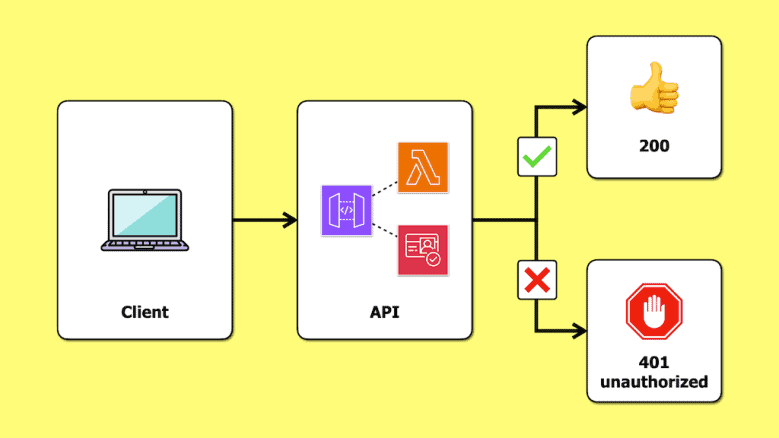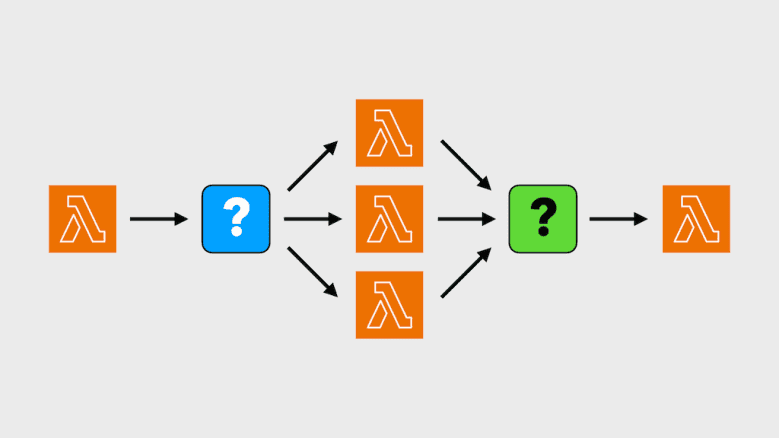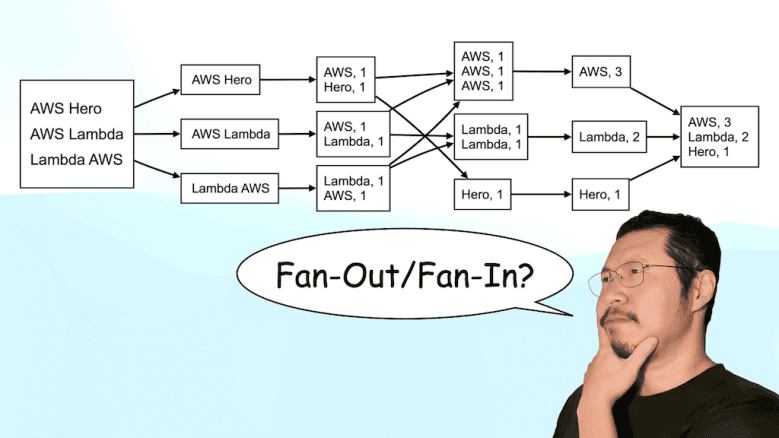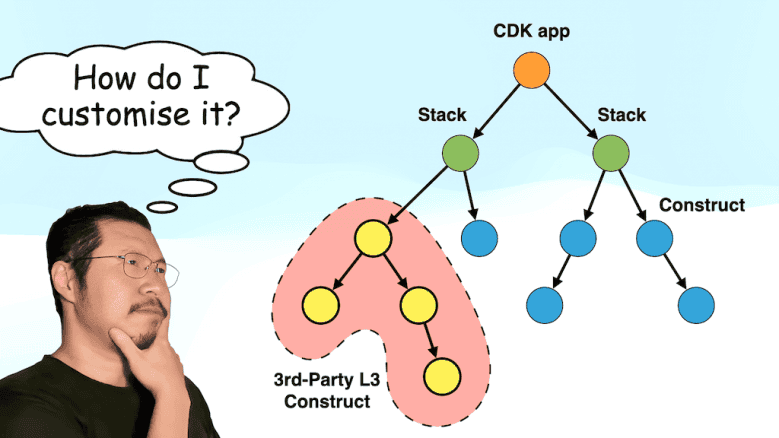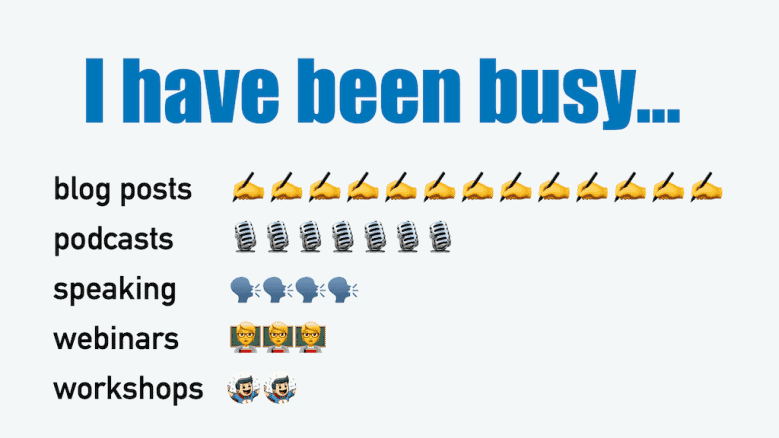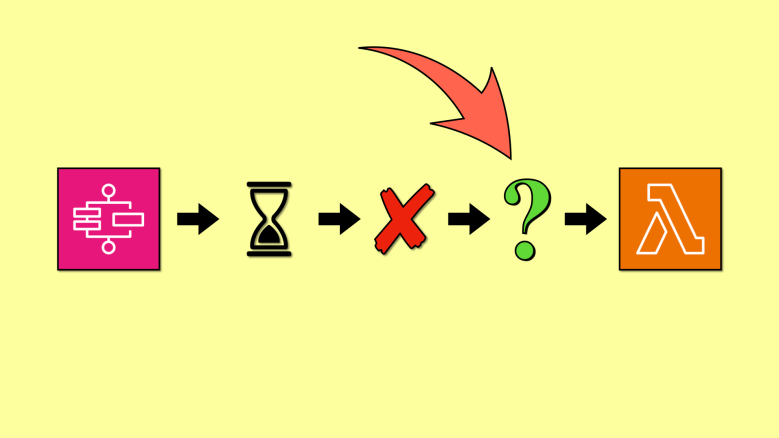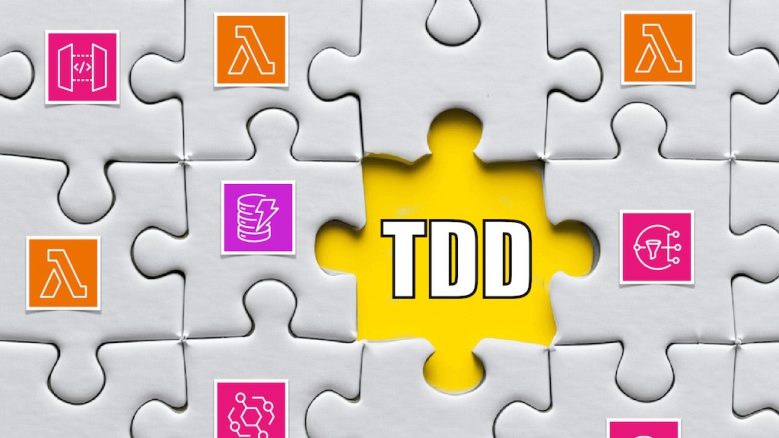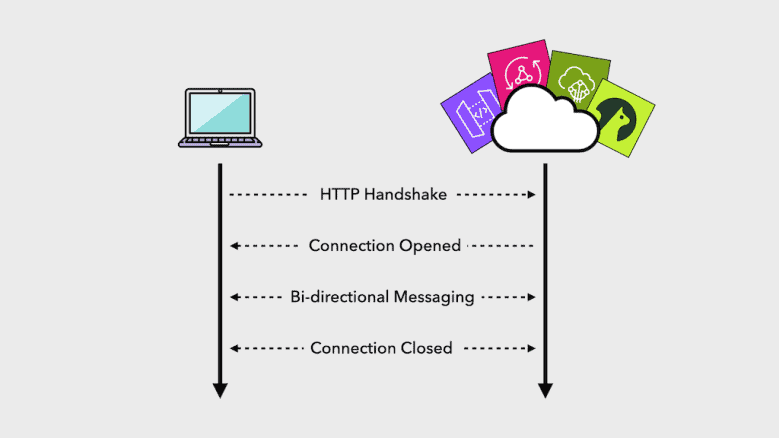Fine-grained access control in API Gateway with Cognito groups & Lambda authorizer
Authentication and authorization are two distinct things.
API Gateway has built-in integration with Cognito, which handles authentication, but no fine-grained authorization.
There are many ways to implement a fine-grained authorization with API Gateway. In this new post, I will show you one of these ways and give you the pros & cons and when to use it.
This is a cost-efficient approach that leverages Cognito, but without needing its more expensive Advanced Security Features.
